
Smiles as a political asset?
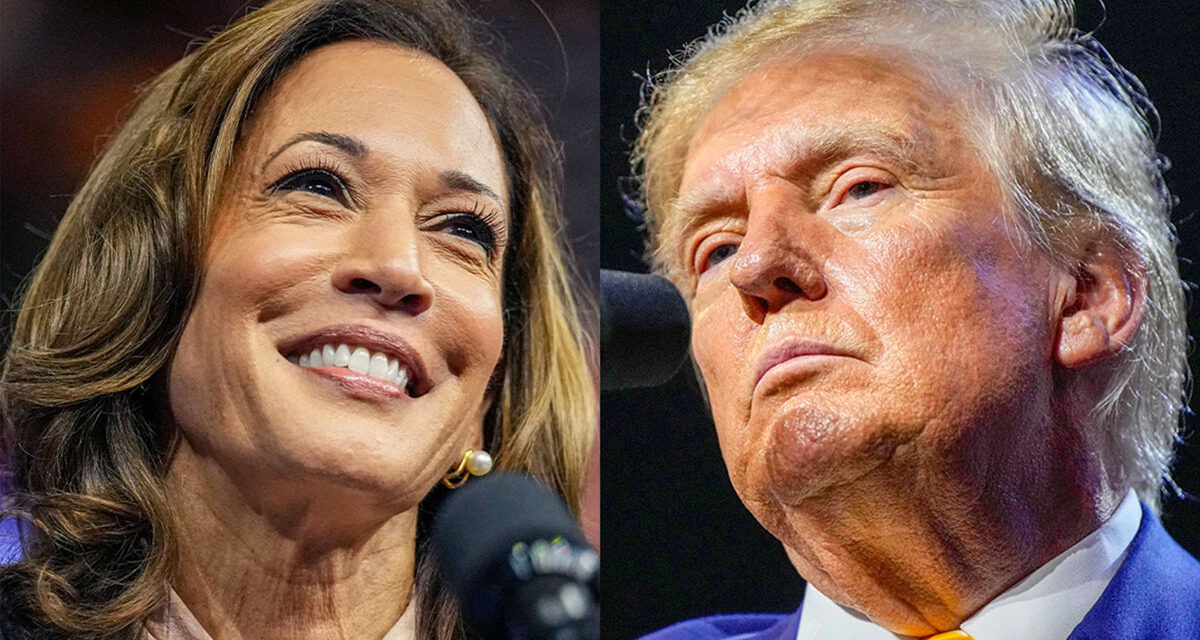
Over the years, I have opined on the importance of smiles as a political asset. There is an untold history of smiles in a presidential election. They evolved into an underappreciated political asset. Thus my admittedly unscientific theory.
In the earliest years of the Republic — before cameras – we relied on painted portraits and sculptured busts to know what our presidents looked like. And did you ever see a smile – the bearing of teeth? Nope. That is because presidents were supposed to be somber and serious.
President Lincoln is often portrayed in movies with a kind but modest smile. In my collection of more than 100 books on Lincoln, I have one volume that contains every known photograph of the 16th President – and not a smile to be found. He was arguably the first president with an established reputation for humor – and I have books attesting to that – but no smiles in the record.
The first president who exhibited a noticeably happy face was President Franklin Roosevelt and his happy-days-are-here-again smile. He may have been the first with a teeth-bearing grin.
The smile as political iconology went on steroids with President Eisenhower. It went from a secondary feature of a public presidential persona to the central ingredient of the “I like Ike” theme. Eisenhower set a standard for future presidents.
Not every presidential contest has a candidate with a great smile – or maybe just two contenders with okay smiles. But I still give the edge to the better smile. Kennedy out smiled Nixon in 1960. Lyndon Johnson was not a huge smiler, but he edged out Goldwater. Ironically, the original “happy warrior” Senatore Hubert Humphery did not out smile Nixon in 1968 – but Nixon easily out smiled the dour George McGovern in 1972. Presidents Ford and Carter both smiled but nothing notable.
The next great smile was Ronald Reagan, who crushed Carter in the smile department — and the election. He crushed Mondale in1984, who had a decent smile, but could not match Reagan’s super smile.
Smiles did not play an obvious role in Geroge H.W. Bush’s defeat of Senator Paul Tsongas in 1988, but Bush was denied a second term in 1992 by Bill Clinton’s strangely appealing mischievous smile. Clinton’s smile went on to defeat the more dourer Senator Bob Dole in 1996.
I give the edge to George W. Bush’s warm smile over Vice President Al Gore’s more forced grin in 2000. In terms of smiles, the race was in the margin of error between Bush and Senator John Kerry. Both had crowd pleasing smiles. Bush won.
Barack Obama entered the race in 2008 with the best broad teeth-bearing smile — right up there with Eisenhower and Reagan. He flew past Senator John McCain’s polite grin in 2008 and Governor Mitt Romney’s pressed-lip smirk in 2012.
2016 was the year without a grin factor. Neither Donald Trump nor Hillary Clinton put on happy faces. Trump did not smile at all – and when Clinton tried, it came across as condescending.
Vice President Biden clearly had the smile advantage over Trump in 2020. In fact, almost any smile would have trumped Trump’s intense glare.
However, Trump was heading for victory over Biden in 2024. But Biden had lost his old natural smile in favor of the kind we see on folks who are bewildered and befuddled. There was a certain emptiness behind it.
So … now we have Harris in 2024. The ever serious Trump is literally facing off with the constantly smiling Vice President. That does not bode well for Trump if my less-than-scientific analysis has any validity at all – and I am not claiming much.
While mine is an imperfect and perhaps unserious theory – that does not apply empirically in every case, there does seem to be a correlation between winning smiles and winning elections — for whatever that is worth.
So, there ‘tis.


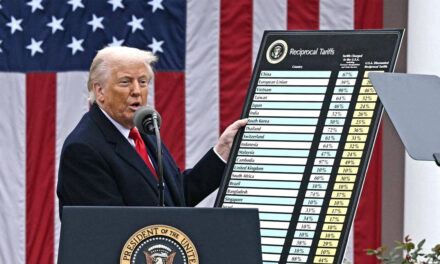
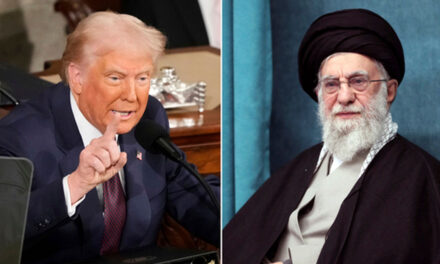
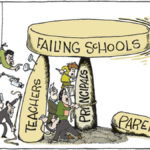
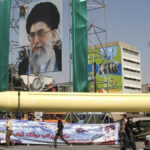
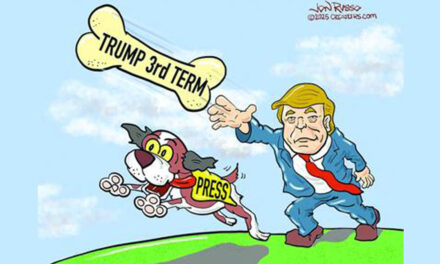
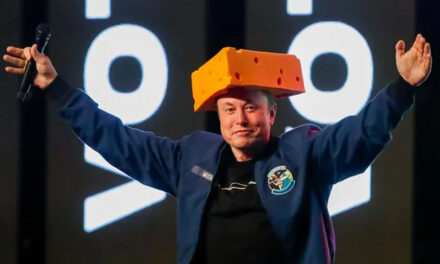
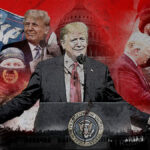

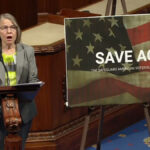
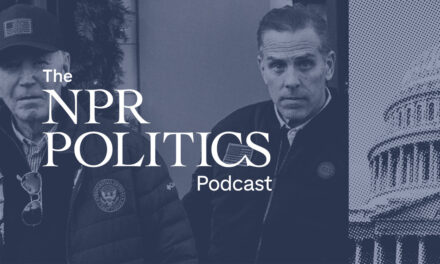

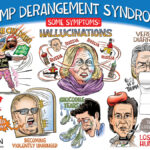
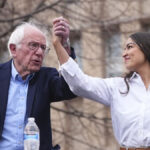
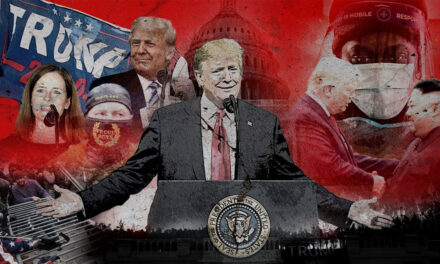

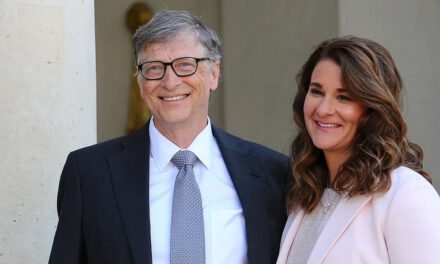
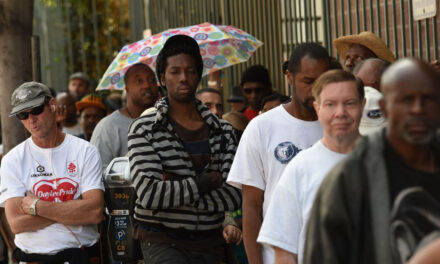
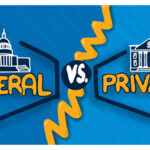


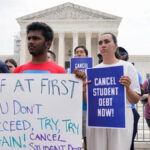
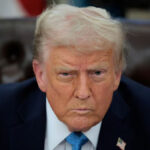
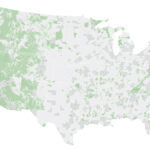

Blocked here too Joe. On this one I swear the post took and then was removed. Don’t hold me to that, might just have been blocked and I thought it took.